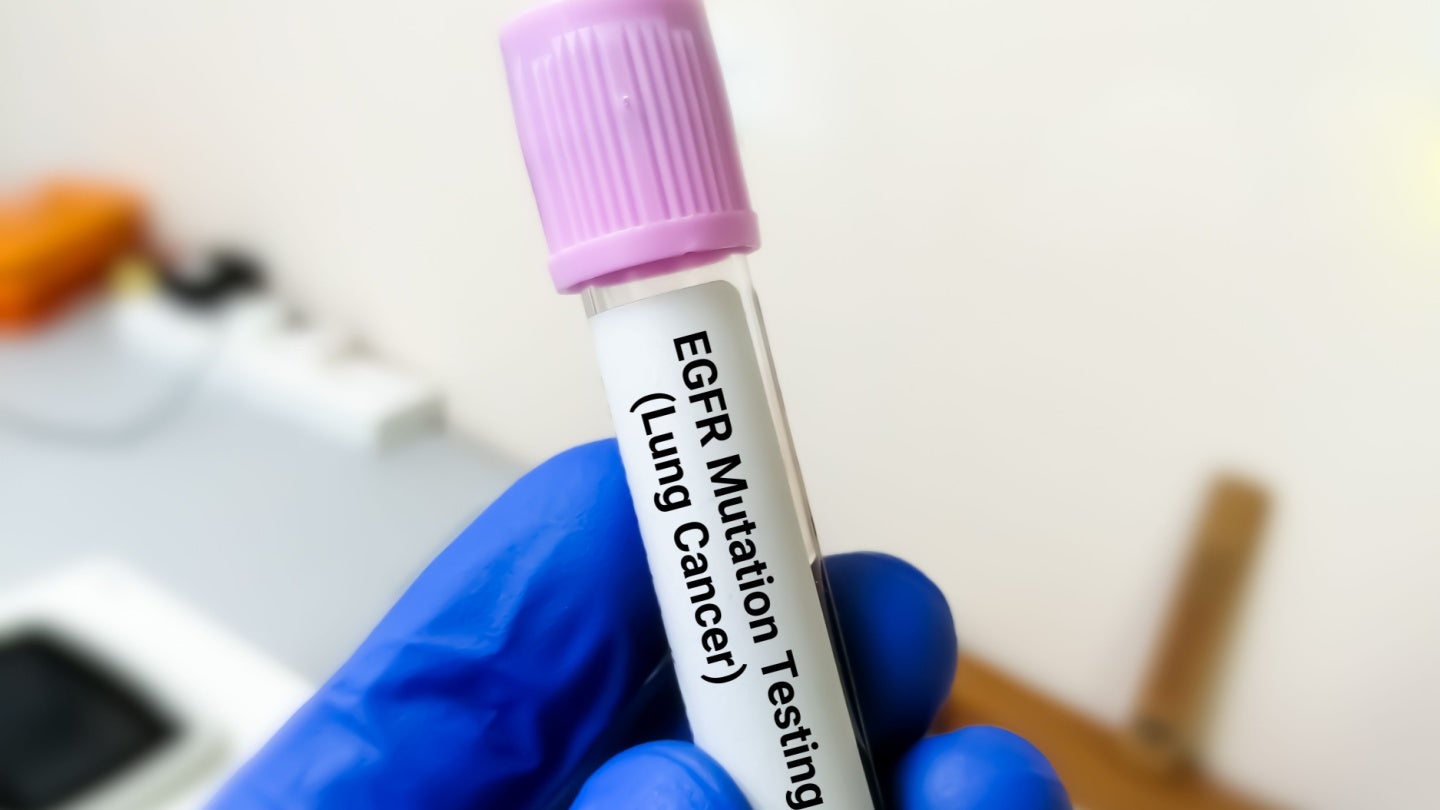Exploring the Osteosarcoma Tumor Microenvironment: A Breakthrough Approach to Targeted Therapies
The tumor microenvironment (TME) of osteosarcoma, a highly aggressive primary bone cancer predominantly affecting adolescents, is increasingly recognized as a linchpin in understanding disease progression and therapeutic resistance. This complex ecosystem encompasses an intricate network of cancer cells interacting dynamically with immune cells, stromal components, and the extracellular matrix (ECM), all of which coalesce to […]


The tumor microenvironment (TME) of osteosarcoma, a highly aggressive primary bone cancer predominantly affecting adolescents, is increasingly recognized as a linchpin in understanding disease progression and therapeutic resistance. This complex ecosystem encompasses an intricate network of cancer cells interacting dynamically with immune cells, stromal components, and the extracellular matrix (ECM), all of which coalesce to influence tumor biology. Unlike traditional views that focused solely on malignant cells, current research reveals that the TME orchestrates a multitude of signaling cascades and cellular responses that not only sustain tumor growth but also contribute significantly to metastatic potential and treatment failure.
Central to the osteosarcoma TME is its unique immune landscape, which paradoxically facilitates immune evasion despite the presence of active immune components. Tumor-associated macrophages (TAMs), myeloid-derived suppressor cells (MDSCs), and regulatory T cells (Tregs) congregate within the tumor niche, creating an immunosuppressive microenvironment that shields cancer cells from cytotoxic immune responses. These immune cells secrete a cocktail of pro-inflammatory cytokines intertwined with immunosuppressive factors that dampen anti-tumor immunity and promote not only tumor cell survival but also dissemination to distant organs. The dualistic nature of immune signaling in osteosarcoma thus presents significant hurdles but also offers a promising target for therapeutic modulation.
Fibroblasts, mesenchymal stem cells, and endothelial cells comprising the stromal compartment of the TME are equally pivotal in sculpting tumor behavior. Acting beyond their traditional roles, these stromal cells secrete an array of growth factors, chemokines, and angiogenic mediators that reinforce a pro-tumorigenic milieu. The ECM, with its rich composition of structural proteins and signaling molecules, functions not merely as a scaffold but as a dynamic participant modulating cancer cell proliferation, invasion, and response to chemotherapy. The crosstalk between stromal and malignant cells is mediated through bidirectional signaling pathways that orchestrate extracellular remodeling, angiogenesis, and immune modulation, underscoring the necessity of targeting these interactions to disrupt tumor progression.
.adsslot_g8Hes3cwV9{ width:728px !important; height:90px !important; }
@media (max-width:1199px) { .adsslot_g8Hes3cwV9{ width:468px !important; height:60px !important; } }
@media (max-width:767px) { .adsslot_g8Hes3cwV9{ width:320px !important; height:50px !important; } }
ADVERTISEMENT
Hypoxia emerges as a defining hallmark within the osteosarcoma microenvironment, triggered by the inadequate vascularization relative to the rapid tumor growth. Oxygen deprivation precipitates a cascade of molecular adaptations driven principally by hypoxia-inducible factors (HIFs), transcriptional regulators that activate gene networks enhancing angiogenesis, glycolytic metabolism, and survival pathways. This hypoxic stress induces genetic instability and fosters a more aggressive tumor phenotype, manifested by increased metastatic potential and resistance to conventional therapies. Therapeutic strategies aiming to inhibit HIF signaling pathways hold promise in attenuating these adaptive responses, rendering cancer cells more vulnerable to treatment.
Advances in molecular profiling and immunotherapeutic approaches have begun to unravel the complexities of the osteosarcoma TME, heralding a new era of targeted therapies. Immune checkpoint inhibitors that release the brakes on T cells, chimeric antigen receptor T-cell (CAR-T) therapy engineered to recognize tumor-specific antigens, and monoclonal antibodies directed at key signaling receptors are at the forefront of these innovations. These modalities strive not only to reinvigorate anti-tumor immunity but also to selectively eradicate malignant cells, minimizing collateral tissue damage. Furthermore, precision medicine leveraging genomic and transcriptomic data enables the identification of tumor-specific mutations and dysregulated pathways, guiding individualized treatment regimens that promise improved outcomes, especially for patients with metastatic or recurrent disease.
The intrinsic heterogeneity of the osteosarcoma microenvironment mandates a holistic understanding that integrates cellular constituents and their molecular dialogues. Cancer cells communicate continuously with immune and stromal cells through an elaborate network of signaling molecules such as cytokines, chemokines, and growth factors, effecting phenotypic plasticity and clonal evolution. This dynamic interplay fuels tumor adaptability, enabling escape from immune surveillance and therapeutic pressures. Dissecting these interactions at a mechanistic level is fundamental for identifying novel targets and devising strategies to manipulate the TME towards an anti-tumor configuration.
Recent studies shedding light on the metabolic reprogramming within osteosarcoma TME reveal that cancer and stromal cells adapt their energy production pathways to meet the demands of rapid proliferation and survival under hypoxia. Enhanced glycolysis, known as the Warburg effect, is augmented by hypoxia-induced transcriptional programs, facilitating biosynthesis and redox balance. Additionally, stromal cells contribute metabolites and signaling molecules that support tumor growth and resistance phenotypes. Targeting metabolic dependencies represents an emerging frontier with potential to sensitize tumors to established therapies and overcome chemoresistance.
Angiogenesis, the formation of new blood vessels, is vital to osteosarcoma progression, supplying oxygen and nutrients while facilitating metastasis. Endothelial cells within the TME respond to angiogenic cues secreted by cancer and stromal cells, such as vascular endothelial growth factor (VEGF), promoting neovascularization. However, the malformed and inefficient vasculature characteristic of osteosarcoma paradoxically exacerbates hypoxia and therapeutic resistance. Antiangiogenic agents disrupting these aberrant vessels have been explored but with limited success, underscoring the need for combinatorial approaches that also target the immunosuppressive and stromal compartments.
Immunosuppressive mechanisms within the TME also involve soluble factors like transforming growth factor-beta (TGF-β) and indoleamine 2,3-dioxygenase (IDO), which modulate immune cell differentiation and function. The expansion of regulatory T cells and MDSCs in response to these factors creates a formidable barrier to effective immunotherapy. Novel interventions focusing on reprogramming or depleting these suppressive populations aim to reinstate immune surveillance. In parallel, the identification of neoantigens and tumor mutational burden guides personalized vaccine development, potentially enhancing immune recognition of osteosarcoma cells.
Recognizing the TME as an active participant in drug resistance necessitates the development of therapeutic combinations that concurrently target malignant cells and their supportive milieu. Strategies that integrate immunomodulatory agents, stromal disruptors, metabolic inhibitors, and vascular normalizing drugs hold promise in overcoming resistance mechanisms. Moreover, monitoring TME biomarkers can provide insights into treatment response and disease progression, enabling dynamic treatment adaptation. Clinical trials incorporating these multidimensional approaches are already underway, signposting a shift towards more effective osteosarcoma management paradigms.
The convergence of cutting-edge technologies such as single-cell sequencing, spatial transcriptomics, and advanced imaging continues to unravel the spatial and temporal heterogeneity of the osteosarcoma microenvironment. These tools facilitate the dissection of cellular subpopulations, lineage trajectories, and intercellular communications with unprecedented resolution. Such granular understanding empowers the rational design of targeted interventions that disrupt tumor-supportive niches while preserving normal tissue function. Furthermore, integration of artificial intelligence and machine learning algorithms aids in deciphering complex TME datasets, accelerating biomarker discovery and therapeutic innovation.
In summary, the osteosarcoma tumor microenvironment embodies a multifaceted arena where malignant cells exploit immune evasion, stromal support, hypoxic adaptation, and metabolic reprogramming to thrive and resist therapy. Breaking this vicious cycle demands comprehensive strategies that consider the TME’s cellular and molecular intricacies. By harnessing immunotherapy, targeted agents, and precision medicine approaches, the tide may turn in favor of patients enduring this aggressive malignancy. Ongoing research promises to unveil further vulnerabilities within the tumor ecosystem, fostering the development of personalized, effective, and durable treatments that transform osteosarcoma prognosis in the years to come.
Subject of Research: Tumor Microenvironment in Osteosarcoma
Article Title: Tumor microenvironment in osteosarcoma: From cellular mechanism to clinical therapy
News Publication Date: 2025
References:
Yihan Yu, Kanglu Li, Yizhong Peng, Zhicai Zhang, Feifei Pu, Zengwu Shao, Wei Wu, Tumor microenvironment in osteosarcoma: From cellular mechanism to clinical therapy, Genes & Diseases, Volume 12, Issue 5, 2025, 101569, DOI: 10.1016/j.gendis.2025.101569
Keywords: Osteosarcoma, tumor microenvironment, immune evasion, tumor-associated macrophages, myeloid-derived suppressor cells, hypoxia-inducible factors, stromal cells, extracellular matrix, immunotherapy, targeted therapy, angiogenesis, drug resistance
Tags: extracellular matrix and cancer therapyimmune evasion in bone cancerimmunosuppressive microenvironment in osteosarcomametastatic potential of osteosarcomaosteosarcoma tumor microenvironmentpro-inflammatory cytokines in cancerrole of immune cells in tumor growthsignaling cascades in tumor biologystromal components in cancer progressiontargeted therapies for osteosarcomatherapeutic modulation of immune responsestumor-associated macrophages in osteosarcoma
What's Your Reaction?

































